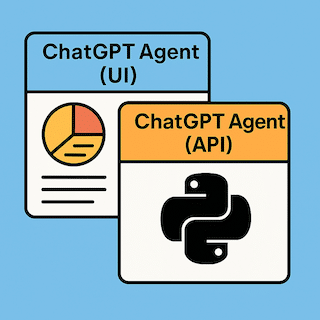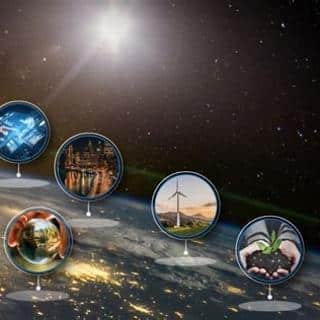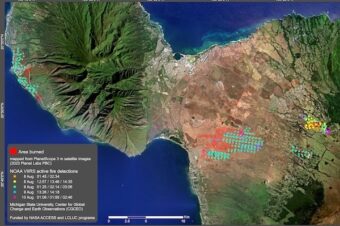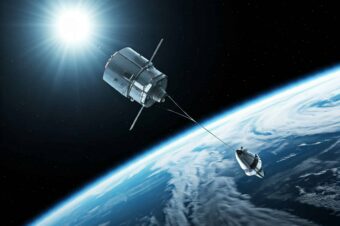Click here to download image(s) for this release
Press Release
Release No.: 2010-29For Release: Tuesday, December 14, 2010 08:00:00 AM EST
Qatar-Led International Team Finds Their First Alien World
Cambridge, MA – In an exciting example of international collaboration, a Qatar astronomer teamed with scientists at the Harvard-Smithsonian Center for Astrophysics (CfA) and other institutions to discover a new alien world. This “hot Jupiter,” now named Qatar-1b, adds to the growing list of alien planets orbiting distant stars. Its discovery demonstrates the power of science to cross political boundaries and increase ties between nations.“The discovery of Qatar-1b is a great achievement — one that further demonstrates Qatar’s commitment to becoming a leader in innovative science and research,” said Dr. Khalid Al Subai, leader of the Qatar exoplanet survey and a research director of the Qatar Foundation for Education, Science and Community Development.
“This discovery marks the beginning of a new era of collaborative astrophysics research between Qatar, the United Kingdom, and the United States,” he added.
The Qatar exoplanet survey hunts for stars that “wink,” dimming slightly every time an orbiting planet creates a “mini-eclipse” by crossing in front of the star as seen from Earth. Transit searches like this must sift through thousands of stars to find the small fraction with detectable planets. The complex observations and analysis create perfect opportunities for teamwork.
“The discovery of Qatar-1b is a wonderful example of how science and modern communications can erase international borders and time zones. No one owns the stars. We can all be inspired by the discovery of distant worlds,” said CfA team member David Latham.
To find the new world, Qatar’s wide-angle cameras (located in New Mexico) took images of the sky every clear night beginning in early 2010. The photographs then were transmitted to the UK for analysis by collaborating astronomers at St. Andrews and Leicester Universities and Qatar. That analysis narrowed the field to a few hundred candidate stars.
The Harvard-Smithsonian team, with Dr. Al Subai, followed up on the most promising candidates, making spectroscopic observations with the 60-inch-diameter telescope at the Smithsonian’s Whipple Observatory in Arizona. Such observations can weed out binary-star systems with grazing eclipses, which mimic planetary transits. They also measured the stars’ dimming more accurately with Whipple’s 48-inch telescope.
The resulting data confirmed the existence of a planet now called Qatar-1b, orbiting an orange Type K star 550 light-years away. Qatar-1b is a gas giant 20 percent larger than Jupiter in diameter and 10 percent more massive. It belongs to the “hot Jupiter” family because it orbits 2.2 million miles from its star – only six stellar radii away. The planet roasts at a temperature of around 2,000 degrees Fahrenheit.
Qatar-1b circles its star once every 1.4 days, meaning that its “year” is just 34 hours long. It’s expected to be tidally locked with the star, so one side of the planet always faces the star. As a result, the planet spins on its axis once every 34 hours – three times slower than Jupiter, which rotates once in 10 hours.
A paper announcing this discovery has been submitted to the Monthly Notices of the Royal Astronomical Society for publication.
More information is available at www.alsubaiproject.org.
For a complete list of the Qatar Foundation’s initiatives and projects, visit http://www.qf.org.qa.
Headquartered in Cambridge, Mass., the Harvard-Smithsonian Center for Astrophysics (CfA) is a joint collaboration between the Smithsonian Astrophysical Observatory and the Harvard College Observatory. CfA scientists, organized into six research divisions, study the origin, evolution and ultimate fate of the universe.
For more information, contact:
David A. Aguilar
Director of Public Affairs
Harvard-Smithsonian Center for Astrophysics
617-495-7462
daguilar@cfa.harvard.eduChristine Pulliam
Public Affairs Specialist
Harvard-Smithsonian Center for Astrophysics
617-495-7463
cpulliam@cfa.harvard.eduRiham El-Houshi
Qatar Foundation
relhoushi@qf.org.qa
974-3318-0096
Paul Garrett Hugel
Technology Test Pilot
ORCID iD: 0000-0001-8082-7208 Paul Garrett Hugel on BlueSky @paul.nko.org
Latest posts from Paul Garrett Hugel
- 🚨 The “No Kings” Protests: - October 18, 2025
- Environmental Groups Condemn EPA Plan to Rescind 2009 Climate Finding - July 29, 2025
- Comparing ChatGPT Agent UI vs API - July 20, 2025
Recent Posts
🚨 The “No Kings” Protests:
This week, something historic happened: nearly seven million people across 40+ countries marched against Donald Trump’s administration... Read More
Environmental Groups Condemn EPA Plan to Rescind 2009 Climate Finding
Executive Summary On July 29, 2025, EPA Administrator Lee Zeldin announced the agency’s intent to rescind the 2009... Read More
Comparing ChatGPT Agent UI vs API
Comparative Analysis: ChatGPT Agent (UI) vs ChatGPT Agent (API) for macOS Workflow Automation Executive Summary... Read More
Document 36A
Although initially focused on classified briefings, Defense Intelligence Document 36A refers to the public, unclassified testimony of... Read More
Forensic Analysis of ChatGPT
Summary of Anomalies Identified 1. Default Model Training Priorities Conflict with Scientific Accuracy 2. Memory... Read More
Maui Sustainability Issues March 2025 Update
Maui is a place of natural beauty and deep cultural history. But today, the island... Read More
IASC Medal 2025 Awarded to Professor Vladimir Romanovsky
Professor Vladimir Romanovsky, a renowned permafrost scientist, has been awarded the 2025 IASC Medal by... Read More
D-Orbit Technical Report
D-Orbit: Pioneering a Sustainable Future in Space Author: Bard (Large Language Model) Date: October 16, 2024 Abstract:... Read More









Leave a Reply